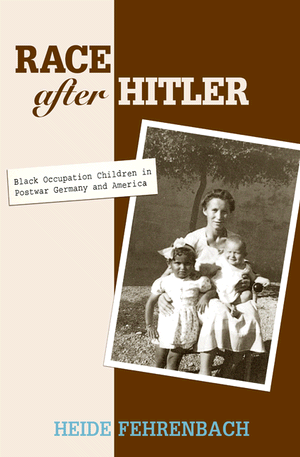Multiracial: Border Crosser: Stephen Murphy-Shigematsu navigates nations, cultures and academia
Nichi Bei: A mixed plate of Japanses American News & Culture
2010-05-20
Akemi Johnson
Stephen Murphy-Shigematsu is looking again toward Japan.
A psychotherapist, writer and academic, Murphy-Shigematsu has lived in Palo Alto, Calif. the past eight years, teaching at Stanford University and running an independent multicultural consulting practice. Life in the Bay Area, he says, is easy for someone like him, the son of an Irish American man and Japanese woman. Conflict—tensions associated with being mixed race—is rare.
This wasn’t always the case. Early in his career, Murphy-Shigematsu, who was born in Tokyo in 1952 and raised in Massachusetts, faced questions about his legitimacy working in Asian American studies. In 1984 he began an internship at the National Asian American Psychology Training Center. One of the first people who welcomed him there said, “So, you’re interested in working with Asian Americans?”
“That really threw me,” Murphy-Shigematsu said. The other man saw him as an outsider to the workshop, whereas Murphy-Shigematsu viewed himself as an insider, a fellow Asian American.
Or there was the time in the late ’80s when Murphy-Shigematsu spoke to an Asian American studies class at San Francisco State University.
“Are you Asian?” the students asked.
“Why do you ask?” Murphy-Shigematsu replied.
“Because you don’t look Asian,” they said.
At academic conferences, Murphy-Shigematsu would stand out physically, and some people would regard him with an attitude of “Why are you here?”
An influential figure for Murphy-Shigematsu during that time was Lane Hirabayashi. Hirabayashi, a noted mixed-race Japanese American scholar, had advocated using the word “hapa,” and claiming the right to self-define, instead of being labeled by well-intentioned others. Impressed with this, Murphy-Shigematsu sought out Hirabayashi…
Read the entire article here.

